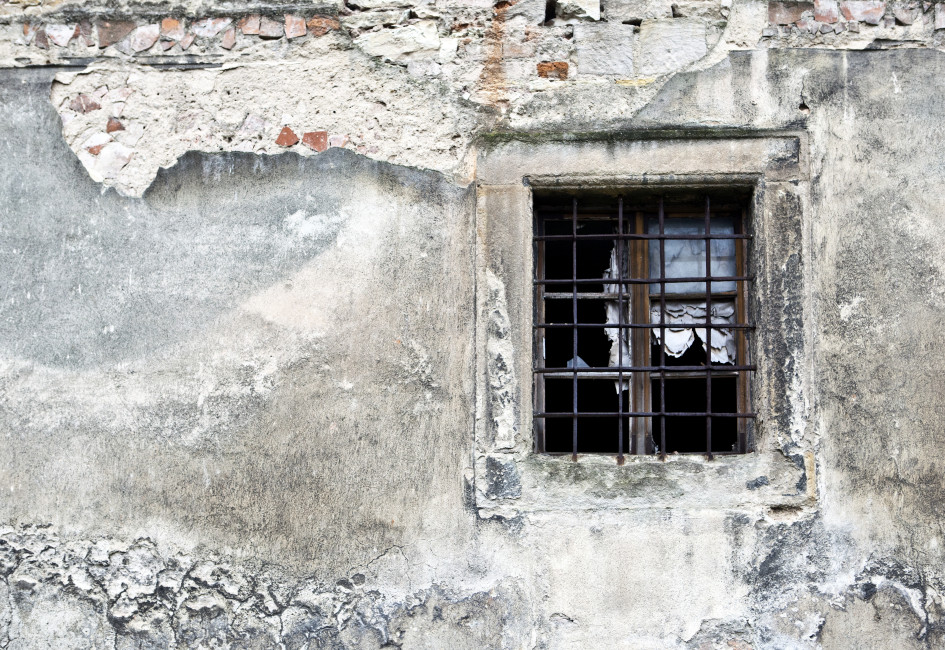In the unpublished Queen Anne Park Homeowners Assoc. v. State Farm Fire & Cas. Ins. Co., the 9th U.S. Circuit Court of Appeals addressed a HOA’s 2011 claim for coverage under property insurance policies issued by State Farm when it found decay in a wallboard between exterior siding and framing. The State Farm policies were in effect from 1992 to 1998 and covered “collapse” as a result of “hidden decay.”
Since the policy did not define “collapse,” the 9th Circuit first certified the question of its meaning to the Washington Supreme Court, which found “collapse” meant “the substantial impairment of the structural integrity of a building or part of a building that renders such building or part of a building unfit for its function or unsafe.”
With that guidance, the 9th Circuit held there was no coverage as a matter of law. The building could not have possibly have been “unfit” or “unsafe” during the State Farm policy periods, well over a decade before the damage was even discovered.
Queen Anne demonstrates the intersection of the meaning of “collapse” and trigger of coverage. Where a policy covers “collapse” caused by “decay,” it is the “collapse” that triggers coverage, not the “decay.” While “decay” could occur continuously over the course of years, a “collapse” cannot pre-date the discovery of the damage. We previously covered similar claims in Joy Tabernacle-The New Testament Church v. State Farm Fire and Casualty Company and White v. Metropolitan Direct Prop. and Cas. Ins.
